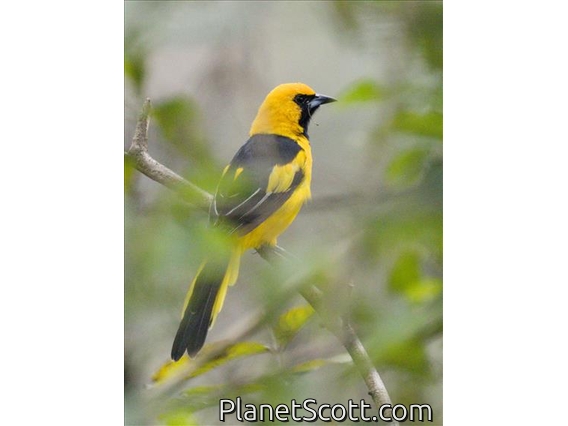Yellow-tailed Oriole (Icterus mesomelas)

Yellow-tailed Oriole (Icterus mesomelas)
×


Yellow-tailed Oriole (Icterus mesomelas)
About Yellow-tailed Oriole (Icterus mesomelas)
- Kingdom: Animals
- Phylum: Chordates
- Class: Birds
- Order: Perching Birds
- Family: American Blackbirds and Orioles
The yellow-tailed oriole is a passerine bird in the New World family Icteridae. It breeds from southern Mexico to western Peru and northwestern Venezuela; in Peru it also lives in a river valley corridor.
Source: Wikipedia
Lifelists
Visits
-
2006-12-19
Puerto Quito, Ecuador -
2009-03-09
Cana Station, Panama -
-
-
2025-07-09
Jorupe, Ecuador -




